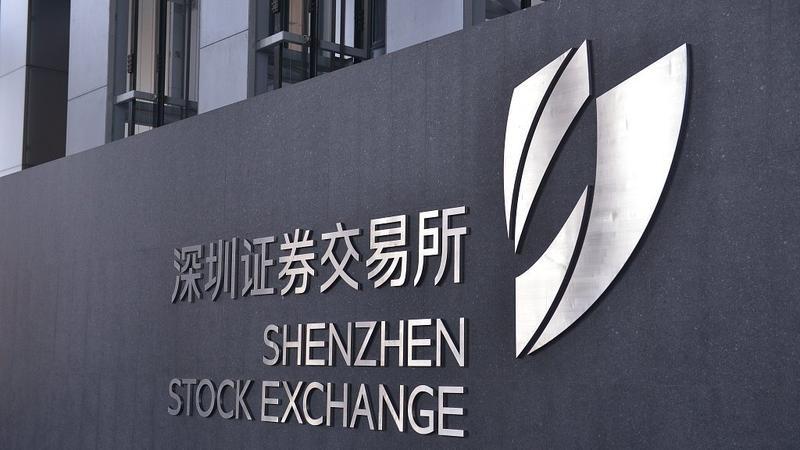 The undated photo shows Shenzhen Stock Exchange in Shenzhen, China's Guangdong province. (PHOTO / VCG)
The undated photo shows Shenzhen Stock Exchange in Shenzhen, China's Guangdong province. (PHOTO / VCG)
The merger of the main board and the small and medium-sized enterprise board on the Shenzhen Stock Exchange will bring greater vitality and resilience to the Chinese capital market as it pushes forward with reform, experts said.
The China Securities Regulatory Commission on Friday announced that it has given the green light for the bourse to merge its Main Board and SME Board, a move seen as the latest push by the country to deepen its capital market reform.
"The merger mainly solves the problem of increasing similarity between the two boards. It aims to clarify functions and positioning of different boards in order to establish a multi-level market system with a clearer structure," said Yang Delong, chief economist at First Seafront Fund. "The move will help enhance vitality and resilience of the capital market."
ALSO READ: One year on, China's STAR market kindles growth
Chen Li, chief economist of Chuancai Securities, said the merger of the two boards was inevitable.
The merger mainly solves the problem of increasing similarity between the two boards. It aims to clarify functions and positioning of different boards in order to establish a multi-level market system with a clearer structure.
Yang Delong, chief economist at First Seafront Fund
As capital market reform deepens, its support for enterprises in the real economy is becoming bigger; some companies on the SME Board have grown into those with a large market value, Chen said. The previous method of differentiating enterprises by classifying them into the main board or SME board is no longer applicable, he said.
"The latest move aims to underline the technology feature of Shanghai Stock Exchange's STAR Market and SSE's ChiNext board. It also aims to enhance the inclusiveness of SSE's main board and widen the coverage of Chinese capital market," Chen said.
"It further shows the country's drive to strengthen the fundraising function of its capital market and reinvigorate the market."
READ MORE: Action plan to spur capital market growth
There are 1,468 listed companies on the Main Board and the SME Board, accounting for 35 percent of the public companies on the Chinese A-share market. Market capitalization of those companies amounted to about 24 trillion yuan (US$3.7 trillion) as of the end of January.


